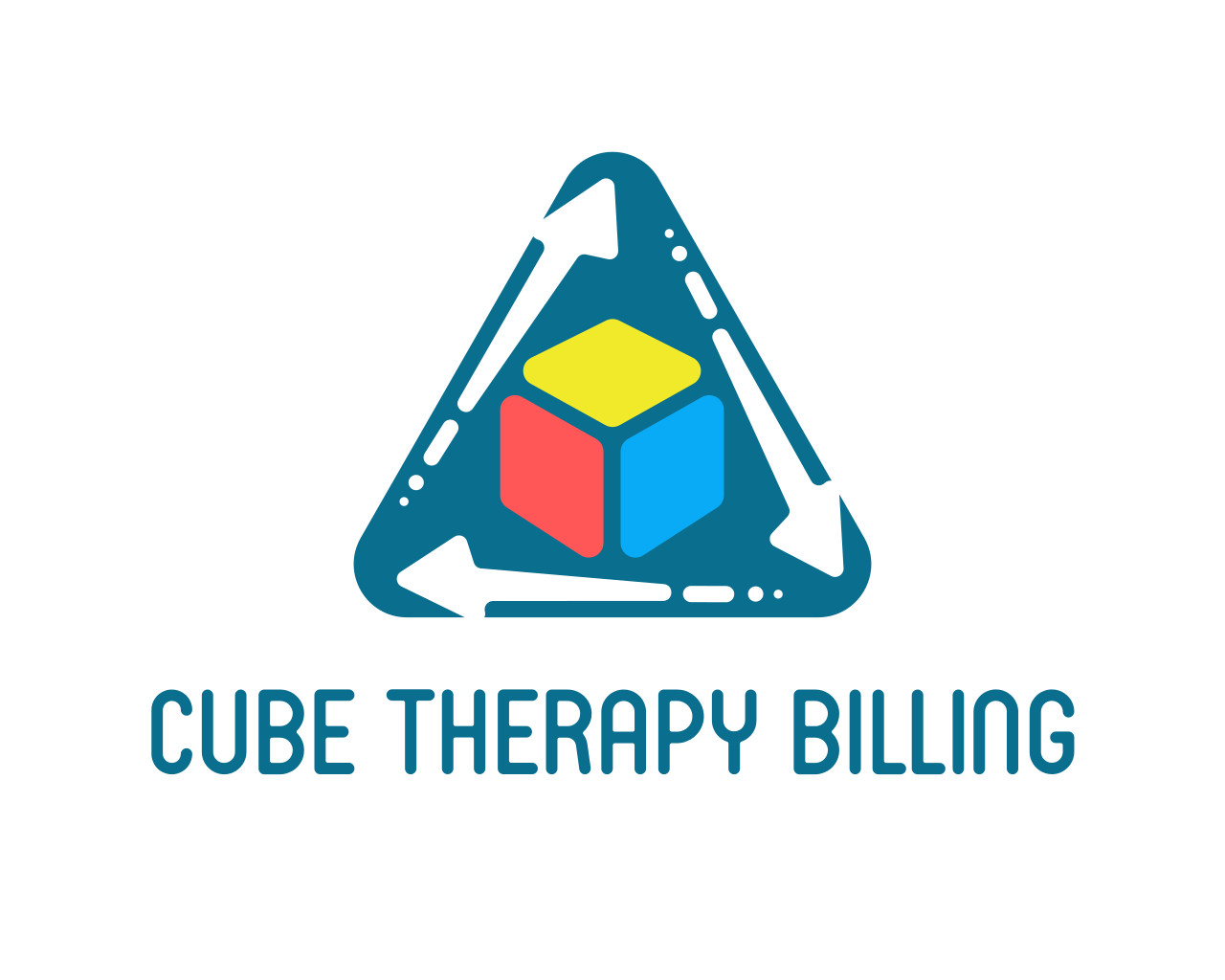How Medicaid Cuts May Affect Drugmakers: A Guide
- Veronica Cruz

- Jul 10
- 4 min read

As the U.S. reels from the latest policy shake-up, President Trump’s newly signed One Big Beautiful Bill Act has quickly become the center of attention. While the act delivers sweeping tax cuts, it also includes over $1 trillion in Medicaid cuts, casting a long shadow over public healthcare funding. For drugmakers, this move has sparked debates, forecasts, and contingency planning.
So, how big is the impact? And who’s most exposed?
Let’s break it down.
What’s in the One Big Beautiful Bill Act?
This bill isn’t just political fireworks—it’s a seismic shift. The headline numbers:
$1 trillion slashed from Medicaid over time
More than 10 million low-income Americans potentially losing coverage
Hospitals, clinics, and therapy practices bracing for funding drops
This matters not just for patients—but also for the pharma giants serving them.
Medicaid’s Real Impact on Drugmakers
Medicaid may not drive big profits for most drugmakers, but the ripple effects from these cuts could hit rural healthcare providers the hardest. In fact:
Medicaid only makes up a small portion of the revenue generated by most pharmaceutical companies in the United States.
Globally, that number shrinks even further
Quote from David Risinger (Leerink Partners):
Losing some Medicaid dollars is a marginal negative at best.
Still, that’s not true for everyone.
Companies Most at Risk: Vertex and Gilead
Some pharma players are much more reliant on Medicaid dollars. Two names stand out:
Vertex Pharmaceuticals
~25% of U.S. revenue comes from Medicaid
Medicaid funds 23% of their sales of CF medications
CF demographics drive this—half of children and a third of adults with CF are Medicaid-covered
Gilead Sciences
~22% of U.S. revenue tied to Medicaid
Top-selling HIV drug, Biktarvy, ranked 2nd in Medicaid drug spending in 2022
Medicaid remains key to Gilead’s HIV prevention and treatment markets
Still, even here, analysts call the cuts manageable. That’s because private insurers still dominate HIV-related coverage.
Who’s Safer From the Cuts?
Some pharma giants barely flinch at Medicaid shakeups:
The takeaway: Smaller exposure equals smaller risk.
Timing Is Everything: Delays and Loopholes
Here’s where it gets political.
Since the Medicaid changes won't take effect until after the November 2026 midterm elections, real financial hardship won't manifest itself until 2027. Drug manufacturers can then modify their tactics and prepare for the effects.
But there’s a hidden win in the fine print.
More Protection Under Medicare
The same law also softens price negotiation rules from the Inflation Reduction Act. That shields more drugs from steep Medicare discounts. In other words, what they lose in Medicaid might be partially offset in Medicare pricing.
The Ripple Effect on Digital Health and Innovation
AI and digital health businesses are flourishing as traditional pharmaceutical companies are struggling.
From $6 billion in H1 2024 to $6.4 billion in H1 2025, U.S. venture capital funding grew
62% of that went to AI-focused startups
Average funding round: $34.4 million
11 megadeals ($100M+) in just the first half of 2025
Notable IPOs
Hinge Health
Omada Health
The Medicaid shake-up might push more investment toward cost-cutting innovation, digital platforms, and automation in drug delivery, billing, and claims.
How Cube Helping ABA Providers to Tackle the 2025 Medicaid Changes
ABA providers often work with vulnerable Medicaid-covered populations—especially children with autism. Billing firms like Cube Therapy Billing are at the forefront of adapting as a result of the legislative shift.
Cube helps ABA therapy providers weather the Medicaid updates of 2025 in the following ways:
1. Streamlined Provider Workflows
Simplified processes mean less admin time and faster approvals
More therapy sessions, fewer paperwork headaches
2. Targeted Staff Training
On-demand education for new Medicaid rules
Customized workflows based on state-specific rules
3.Proactive System Updates
Automated billing updates based on new Medicaid regulations
Real-time ABA CPT codes syncing to avoid underpayment
Reduced errors and claim denials
4. Enhanced Reporting
Live dashboards showing claim status and reimbursement insights
Audit-ready documentation for smooth inspections
5. Rapid Policy Monitoring
Real-time policy tracking
Instant response to therapy caps, eligibility updates, or payer-specific changes

Key Takeaways for Drugmakers
The most exposed companies like Vertex and Gilead need tailored strategies
The rest of the industry can afford to tread lightly—for now
Delayed impact gives room to plan, but not to ignore
Medicaid might shrink, but private payers and Medicare could soften the blow
Digital innovation and better billing systems will be the great equalizer
FAQs
1. When do the Medicaid cuts take effect?
The Medicaid reductions won’t kick in until after the November 2026 midterms, so the real financial and healthcare impact will start becoming visible in 2027.
2.Who is eligible for Medicaid?
Medicaid mainly serves low-income individuals, including children, pregnant women, seniors, and people with disabilities—though eligibility rules vary by state and are now tightening under the new federal changes.
3. What is the purpose of US President Trump's One Big Beautiful Bill?
It’s a sweeping law that combines tax cuts with major healthcare reforms—most notably slashing over $1 trillion from Medicaid and introducing stricter work and eligibility requirements nationwide.
Conclusion
The One Big Beautiful Bill Act's Medicaid cuts won't cause a sudden collapse, but the shaking has already started. To keep ahead, pharmaceutical companies, ABA therapy providers, and billing firms must embrace automation, strengthen compliance, and adjust their payer strategy.
Cube Therapy Billing stands as an example of proactive response—proof that adaptation isn't just possible, it's profitable.



